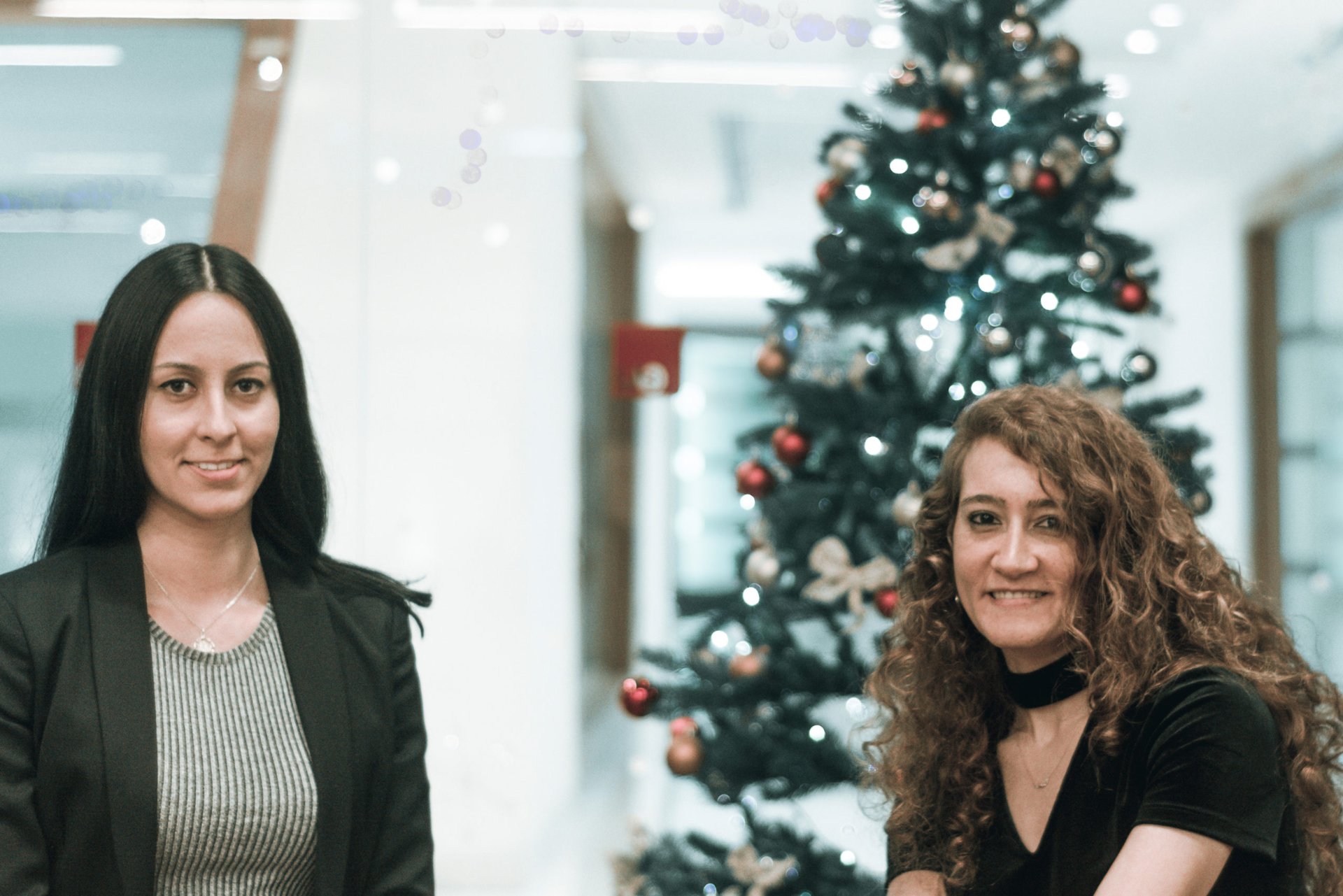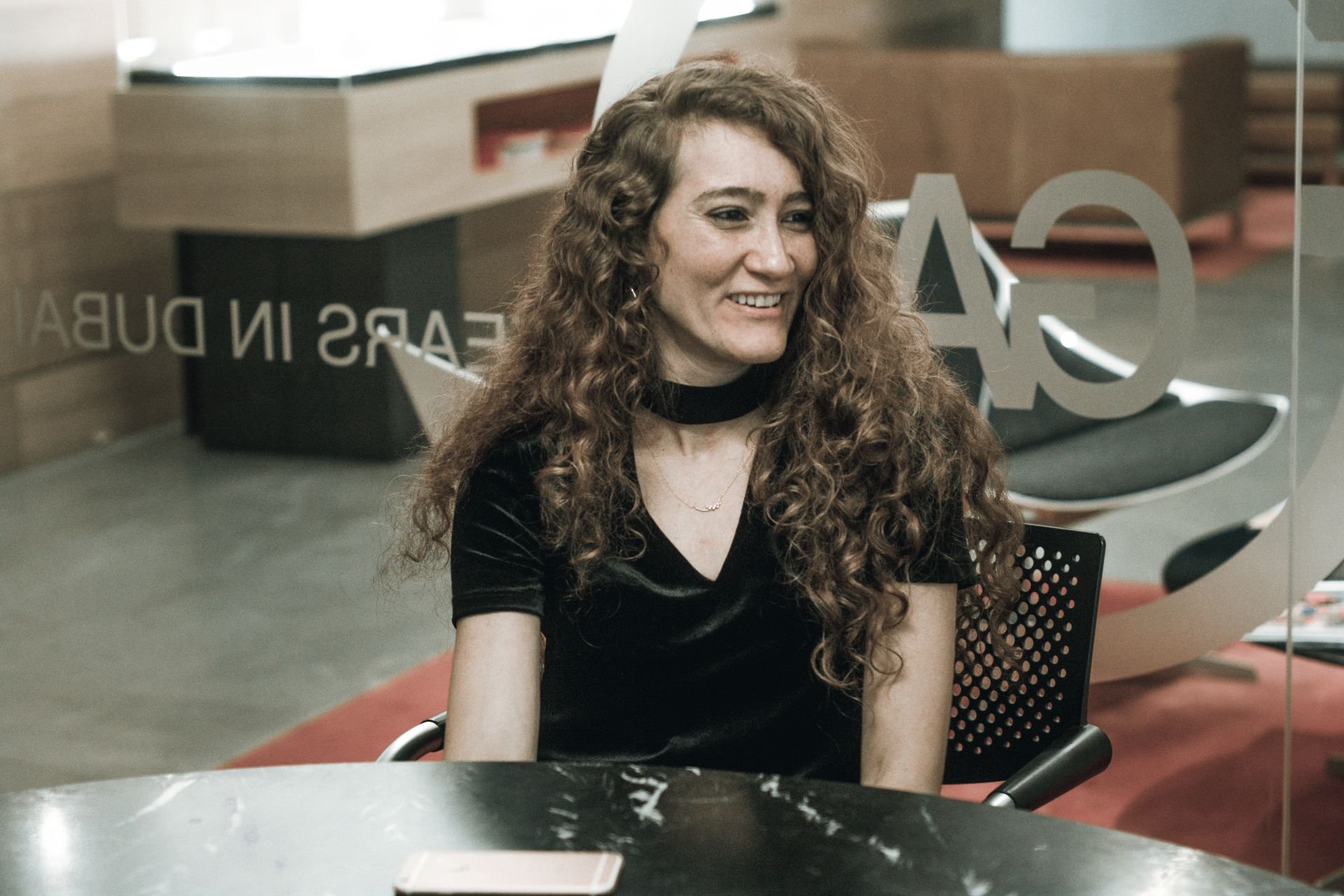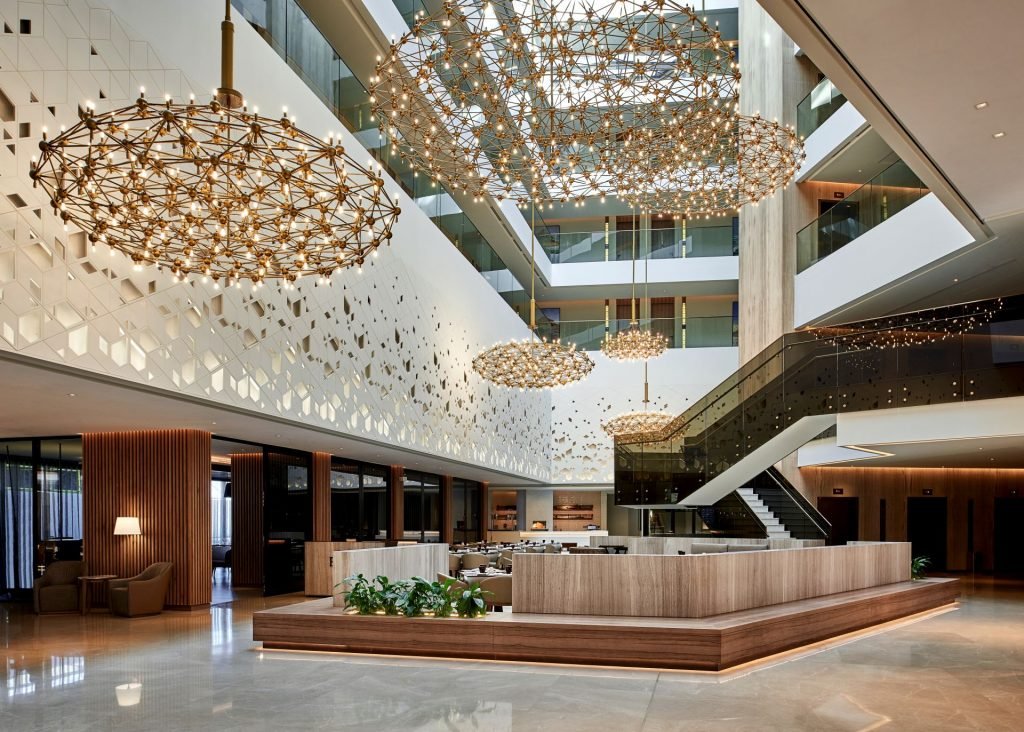Heba: I was raised in a house of civil engineers. I always liked the idea of building things, and have been fascinated with art and fashion ever since I was a little child. Growing up, I was persuaded by family and friends to pursue a career in engineering, owing to my aptitude for math and physics. Casting those “prompts” aside, I decided to go ahead and follow my dream of becoming an architect.
I eventually graduated from the University of Cairo with a major in Architecture. Right after graduating, I landed a job in a prestigious design firm in Egypt where I worked for a number of years. In 2016, I moved to Dubai with my husband. This proved to be good timing as at the same time a vacancy opened up at GAJ. After taking a look at their portfolio, I realised this was a firm I could relate to, and I’m now a proud member of the GAJ team.
Stephanie: I was born in the UK, but moved to Dubai at a very young age and have grown up in this city. After completing my schooling in Dubai College, I went on to graduate from the Glasgow School of Art in Scotland with a BA degree in Interior Design, after which I completed a Masters in Interior Design in Florence, Italy.
Unlike most young designers, I decided to not immediately join a design firm as an intern or junior designer. I started my own practice, knowing I already had the practical experience and business exposure needed to do so. I had always planned on running the business for two years – a decent amount of time to hone my skills – and then apply them in a large design firm like GAJ. I’ve always admired GAJ for their vision and professionalism, and it’s been a great past year working with the wonderful team.










